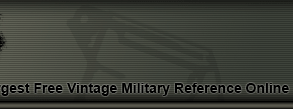WWII GERMAN SILVER TANK BADGE -
Tank warfare was started in the battlefields of WWI, when lumbering metal giants ran about bringing fear
to the hearts of the enemy combatants that saw them for the first time. But tanks back then were
clumsy, they broke down fairly often and were not very effective. The crewman were exposed to
hazardous conditions breathing toxic fumes.
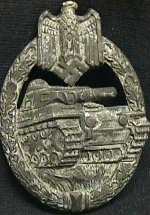
|
WWII witnessed a complete revolution in tank warfare. With Hitler's implementation of the Blitzkrieg
strategy, tanks were catapulted center front in combat. Much more sophisticated machines were developed
during this period. They were fast, well armored, maneuverable and well armed.
With the new tanks came a new breed of specialized soldier. The military command decided to
create a badge to recognize the hard work and dedication put forth by tank crewmen.
The tank badge was designed on December 20th, 1939 by Ernst Peekhaus. The award was issued to tank personnel
which included tank commanders, gunners, drivers and radio operators. In addition to the badge, the soldier
also recieved a document with the company's commander signature.
A Bronze Tank badge was also manufactured.
|
Tank Badge Design
The material of the badge varied during the war. earlier badges were silver plated while the late war
samples showed a gray zinc finish.
Notice the vertical needle pin
|
which was the norm for production. This particular badge has the manufacturer's
logo
on the top left side of the back of the badge (See pictures to the right).
The pictures below show a closeup of the manufacturer's logo and a closer look at the shape
and construction of the catch.
The soldier wore the badge on the
uniform tunic.
It was secured in place by passing the badge's pin through a series of loops, two or more, that
were sewn in the jacket.
|
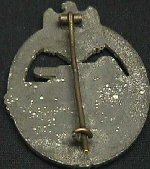
|
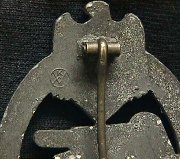
|
Tank Badge Classes
The Silver tank badge was issued in four different classes. The high command felt there was a need to
better represent the number of combat actions in which a soldier participated. Some of the soldiers who
wore the tank badge were well seasoned veterans who had participated in a large number of battles while
others were beginners who had only participated in the minimum number of engagements to earn the award.
| Non numbered badge |
Numbered badge - 25 |
Numbered badge - 50 |
Numbered badge - 75 |
Numbered badge - 100 |
|
This is the most common tank badge. The bottom section does not have any numbers.
|
Instituted in June 1943. The recipient was engaged in 25 combat actions.
|
Instituted in June 1943. The recipient was engaged in 50 combat actions.
|
The recipient was engaged in 75 combat actions. The construction of the wreath was of cut-out design.
|
The recipient was engaged in 100 combat actions. The construction of the wreath was of cut-out design.
|
 |
 |
 |
 |
 |
Having dufferent type of classes provided a good way in which to distinguished and reward the more
experienced veterans.
|
This page is a recognition and identification guide for WWII German badges and awards. Multiple
detailed photos of a specific sample are provided. Descriptions point out clearly defined points
that should be noted.
One of the most commonly asked questions is "How much is my WWII German badge worth?". A price
guide is included here to address this question. The value of the badges and awards is reviewed
over a period of several years. A trend can be observed. The present worth of the German
badges in the collector's market is illustrated.
This service is provided free of charge to the visitor/enthusiast courtesy of
MilitaryItems.com,
a company dedicated to the preservation of military history and to providing quality military
antiques and collectibles to museums, institutions and the general public.
|
|
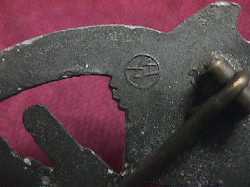
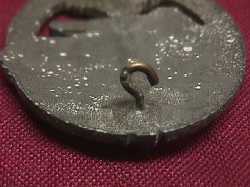
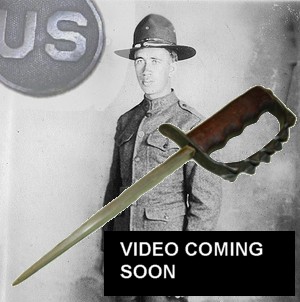
|
The "Military minute" is a series of instructional videos created by MilitaryItems.com for the purpose of
providing basic information about military collectibles. The idea is to expose people to the exciting
world of military collectibles.
The video presentation coupled with detailed photographs and written information, including a military
collectible's price guide, and anatomical breakdown of each piece enhances the visitor's experience.
Whether you are a long time collector, a beginner or simply have an interest in the history and value of
each collectible, we hope that you find the information presented here useful.
|
The following pictures illustrate how the pin was attached to the badge. The picture on the left
provides a bottom view while the one on the right shows the top view.
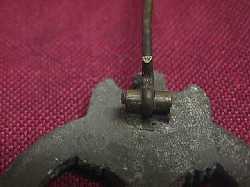
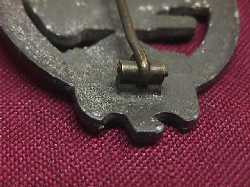
Qualifications for the Tank Badge
There were several criteria that were used to award tank badge to a soldier. The following table provides
a list of the qualifications a soldier needed to meet.
| Num |
Description of requirement |
| 1 |
To have been wounded while conducting an armoured assault. |
| 2 |
To have won a bravery award while conducting an armoured assault. |
| 3 |
To have participated in three armoured assaults on three different occassions. |
|
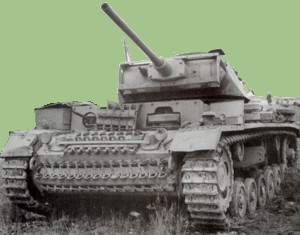
|
By the Numbers
It is hard to determine the exact number of Tank bages that were produced. However, thanks to the record
keeping maintained by the Wehrmacht, it is possible to find how many badges were actually issued.
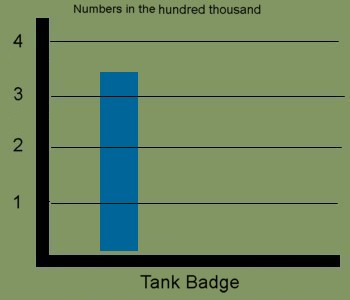 |
There were over 300,000 Tank badges issued during the war.
The Tank badge was issued along with an award document. Not all documents were identical. variations can
be found from unit to unit. A few things that all documents would have in common are the signature of the
officer who awarded the shield and the state seal.
|
|
Collecting Third Reich Badges
Collecting Third Reich memorabilia is a field that has been growing since the days the GI's rummaged around Europe
bringing back military souvenirs. German soldiers wore many of their awards on their uniforms when they went to
battle. Once the soldier was killed or captured, the American soldiers would take the awards as war trophies.
Eventually all these pieces came back to the United States where military history enthusiasts began to collect them.
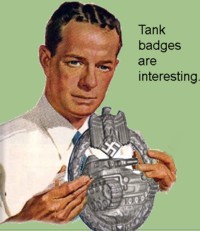 |
In trying to determine if you should collect Tank badges there are certain factors that should be
considered.
The adjacent table outlines some of the advantages and disadvantages of collecting the Tank badges.
|
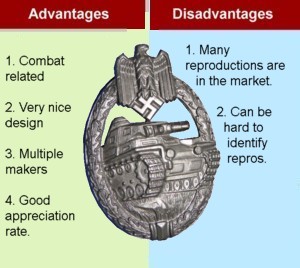 |
This award is currently being
reproduced.
It is becoming more difficult to be able to tell the fake ones from the real ones because the quality
of the reproductions is improving. The collector must become familiarized with the construction style
and materials employed in the manufacturing of this badge. Attention to the details is critical in
order to be able to determine the authenticity of the badge.
If you have an interest is seeing other badges and awards of the Third Reich, you can do so by going
to our
WWII German Badges and Awards
identification guide. Where we cover Heer (Army), Navy (Kriegsmarine) and
Air Force (Luftwaffe) items.
GERMAN TANK BADGE VARIATIONS
The German Army Tank badge was produced by several manufacturers and in
different configurations. The following section displays some of the different types
that were manufactured.
|


